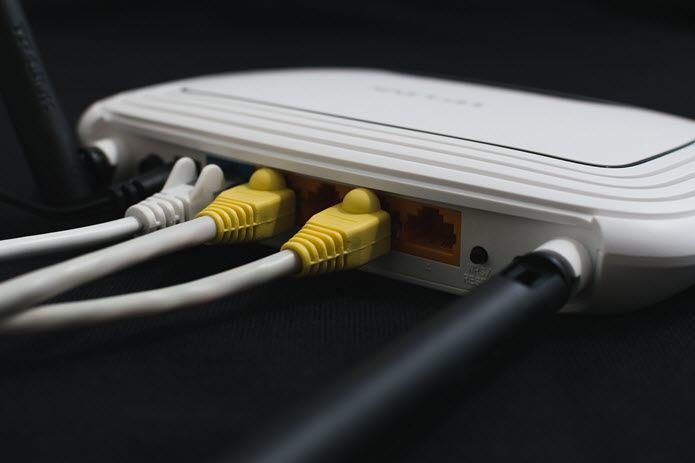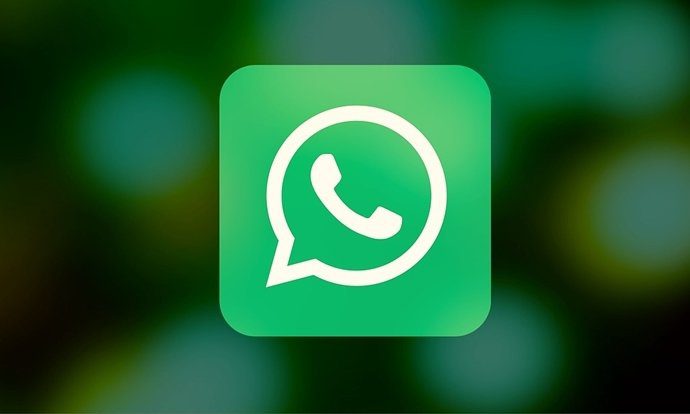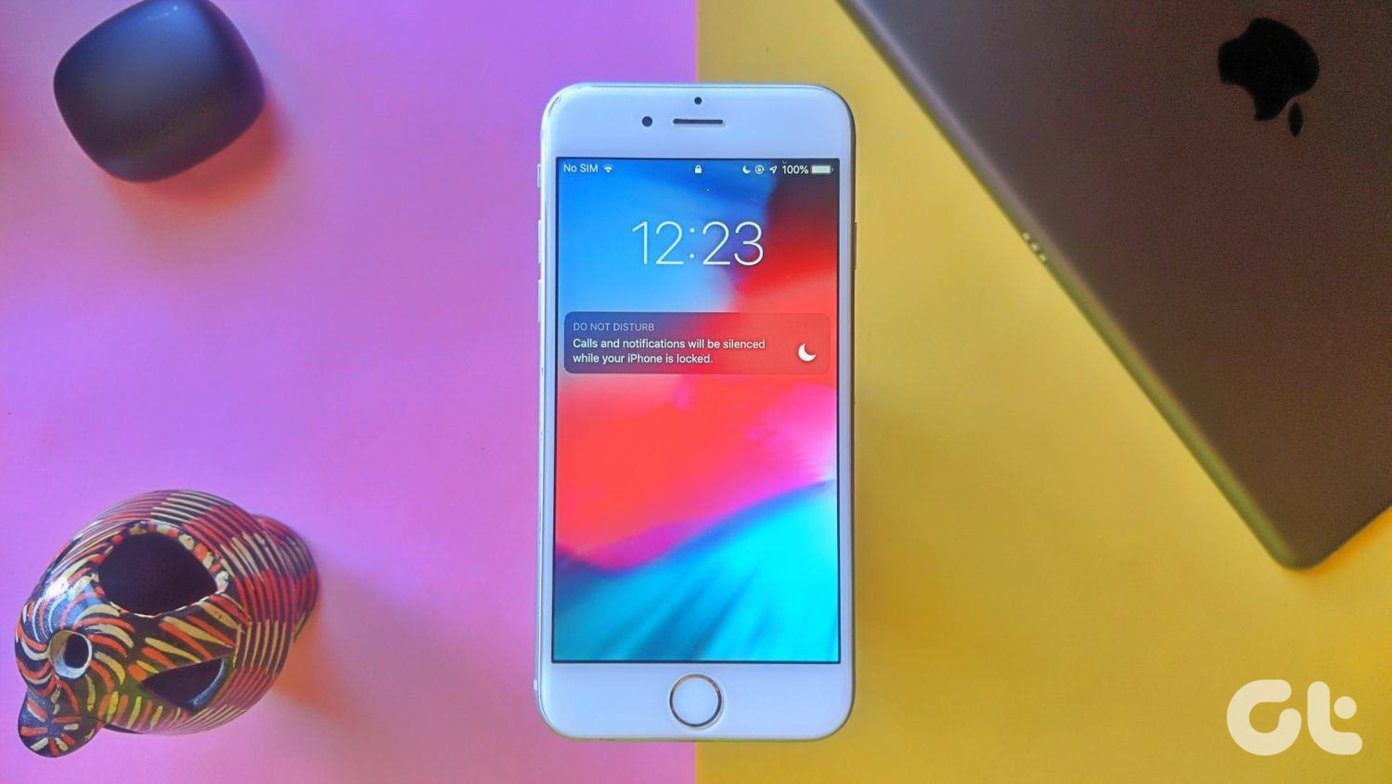Fast-forward a few years and we know are in the midst of 4G hype here in India. Agreed, it’s come a little late than the West, but it’s finally here. And even though it appears only Reliance Jio has a robust network that can support future evolution of 4G in India, other players have implemented their own 4G network or are paying others to share the limited spectrum. Anyhow, knowing what differentiates 3G, 4G, LTE-A and VoLTE is important for several reasons. The most important being seeing past the smoke screen of marketing terms and hype generators. So, let’s get to it.
From 3G to 4G: What Changed
Improved network speeds. That, is the shortest answer to a rather complex question. Because really, that’s what has happened in the back-end. Since our phones are improving every year and we’re now able to enjoy desktop-class websites on our mobile devices, we also needed network speeds to match. And typically a 3G connection can give you around 5-20 Mbps of speeds, if you have a good signal strength. 4G can technically give you around 150 Mbps of speeds, but that’s not what we’ve seen in our testing in Bangalore, ourselves.
Tech Behind the Change
Without really going into the technical nitty-gritties, let’s concentrate on the basic tech changes. 3G was an evolution over 2G mostly because data bandwidth was improved and users could then ejoy faster streaming and browsing. Voice calls could’ve been potentially better too, but not like what we will now see with 4G. The 4G tech provided by Jio is completely IP based, meaning even voice calls connect over data network. This was what true 4G was designed on, but older players like Airtel and Vodafone built on their existing infrastructure that supported 2G/3G. This added advantage also gave Jio the room to implement LTE+, which is simply a more advanced (read: faster) version of 4G. The biggest change with LTE+ is the use of two bands to send data at the same time, resulting in lesser congestion and better throughput speeds. In some countries, LTE (acronym for Long Term Evolution, or just 4G) is supplemented with LTE-A, the A standing for Advanced. This is the same as LTE+, but since some countries pronounce tomatoes as ta-may-toes, we have some different terminologies for the same thing.
Phone Compatibility and Band-wagon!
Each new generation of wireless technology leaves older phones incompatible with them. So any phone that was made with 3G in mind, will not work on 4G, unless it has the specific hardware for it. Quite simply, new wireless tech has made older phone hardware obsolete. But even if your phone has 4G support, there are still some compatibility factors. This is when things get a little complex, but there is no way around it. To understand the issue, let’s first understand that all wireless technology is possible on a limited bandwidth available. This bandwidth is allocated to different telecom companies in an auction and they can then build their networks on it. In India, we know that 4G is going to be offered in 3 bands initially (850 MHz, 1800 MHz, and 2300 MHz) and 700 MHz to follow in future and only Jio has PAN India license for the 2300 MHz spectrum. Now, all these bands are 4G, but maybe your phone can support completely different bands making it incompatible. The chances of newer phones being incompatible are quite rare, but phones like the Nexus 6 were incompatible with pre-Jio 4G networks in India.
VoLTE: It’s Not a Unit for Voltage!
VoLTE stands for Voice over LTE and simply is the tech behind all your voice calls. And since Jio is the only carrier in India (so far) with an all IP network, it’s going to roll out VoLTE as standard. Meaning, all your calls will be over the IP network, much like calling someone on WhatsApp. This move also enhances a users experience while browsing and taking calls at the same time. In older 3G services, we’ve all experienced disrupted downloads and messages not going through when we (or the other person) gets a call. The same should technically not happen on VoLTE. Even the telecom standards say that VoLTE is the only way to provide Voice services over LTE, and VoLTE must provide HD Voice. Only then a network can be called a “True 4G” network. The only downside here is that when you are travelling to remote places in India without a reliable 4G network, you will be switched back to the older 2G/3G network.
Still Confused?
I don’t suppose there should be any confusion between 3G, 4G, LTE, LTE-A and VoLTE. But, if there is something in particular that is bothering you, then catch us in our comments section. Till then, do enjoy the free Jio Preview offer. ALSO READ: Jio 4G Network, APN and Call Issues? Here are the Easiest Fixes The above article may contain affiliate links which help support Guiding Tech. However, it does not affect our editorial integrity. The content remains unbiased and authentic.











